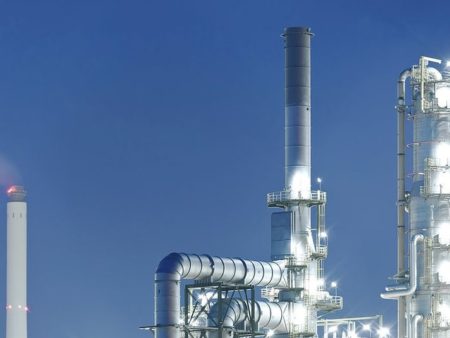August 22, 2019 – There is $20 million at stake for the 10 teams that have been announced as finalists in the NRG COSIA Carbon XPrize, a four-and-a-half-year competition to convert carbon dioxide (CO2) emitted from power and industrial plants into products useful to the burgeoning new carbon economy. From carbon fiber to carbon-infused concrete, the idea is to sequester the CO2 so that it cannot build up further in the atmosphere and contribute to global warming.
The ten finalists include two tracks, the first in Wyoming, the second in Alberta.
The Wyoming group are converting CO2 produced by a coal-powered thermal energy plant located in the state.
The Alberta group are converting CO2 produced by a natural-gas thermal energy plant located in the province.
Here are the five Wyoming finalists:
- Breathe is a team from Bangalore, India that is capturing the CO2 emissions from the flue gas stream using a low-cost catalytic filtering system to produce methanol as a fuel feedstock.
- C4X is a team from Suzhou, China that is converting the CO2 into plastic composites.
- Carbon Capture Machine is a spinout from the University of Aberdeen in Scotland who have created CAPCON, a process that dissolves CO2 into brine to produce solid carbonates that can be used as building materials.
- CarbonCure is a Dartmouth, Nova Scotia-based technology company that manufactures green concrete injected with captured CO2. I have previously written about them in a 2014 posting to this site.
- Carbon Upcycling UCLA is a UCLA-based team out of Los Angeles to create CO2Concrete producing a product with a carbon footprint 50% lower than traditional concrete.
Here are the Alberta finalists:
- C2CNT is a George Washington University-led team out of Ashburn, Virginia transforming CO2 into hollow nanofibers, carbon nanotubes that can be used in nanoelectronics, and high-capacity batteries.
- Carbicrete is a Montreal, Quebec company that produces not just carbon-neutral, but a carbon-negative product, a concrete that is combined with steel slag to replace traditional cement.
- Carbon Upcycling Technologies (CUT) is a Calgary, Alberta-based team that is combining CO2 with feedstocks like graphite, petroleum coke, and fly ash to create stable nanoparticles and graphene derivatives for use in concrete, plastics, ceramic and epoxy coatings, adhesives, 3D printing filaments, pharmaceuticals, lubricants, energy storage and solar cell technologies.
- CERT is a University of Toronto-based School of Engineering team that has developed nanoparticle-based catalysts to recycle CO2 converting it into industrial chemicals.
- Newlight Technologies is a California-based company that has developed a process to convert CO2 into a bioplastic called AirCarbon, a product that can replace oil-based plastics.
Each of these finalists has already demonstrated their technologies with judges evaluating them based on the amount of CO2 they could convert into products. They were further judged on the economic value of the products produced, the market potential, the CO2 uptake potential, and the CO2 and environmental footprint of each of their processes.
In the finals, the teams will receive two scores, one for the amount of CO2 converted, and a second for the net value of the products they create. They will be asked scale up their solutions by a factor of 10 from the semifinals whether working at the Wyoming or Alberta test sites.
In reaching the finals each of the teams or companies have earned $500,000 representing $5 million of the total $20 million to be awarded. The Wyoming and Alberta winners will each receive $7.5 million. The contest closes on February 28, 2020, with the announcement of the winners on March 31, 2020.
You may not recognize the name of the sponsors of this prize. NRG is a leading American energy producer. And COSIA is Canada’s Oil Sands Innovation Alliance, a group of oil sands producers focused on improving the environmental performance of the resource.









